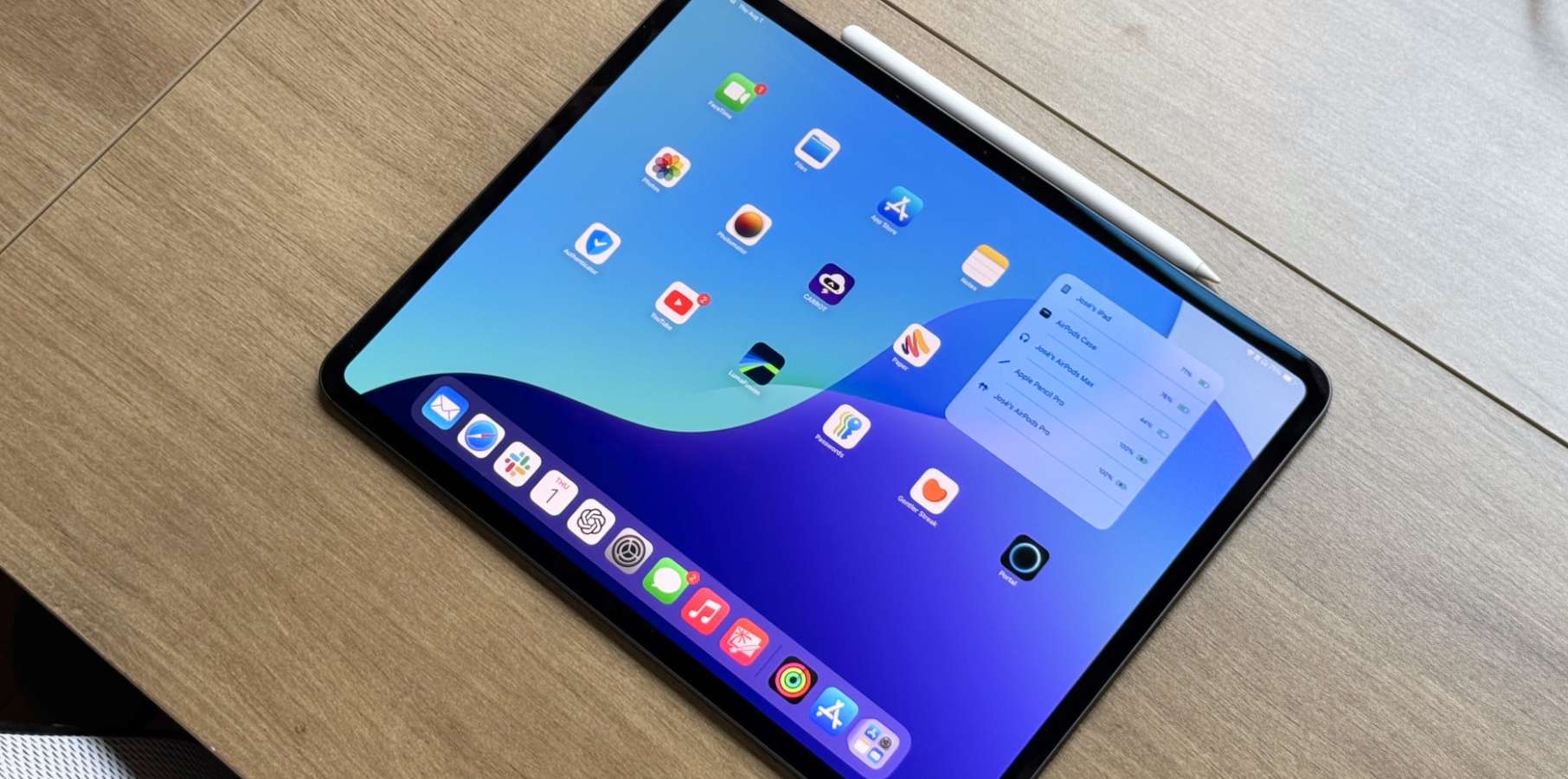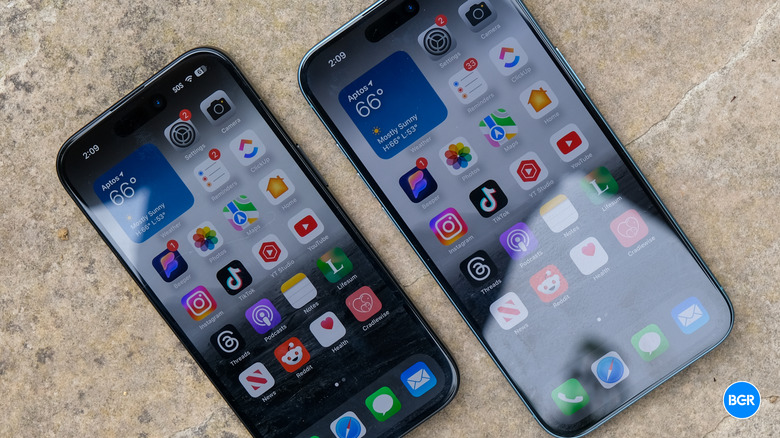iPhone 17 Air Will Feature ProMotion, But I'd Buy It Either Way
I'm ready to buy the iPhone 17 Air, even if that means dealing with several compromises Apple will have to make to create a thinner iPhone than ever before. By that, I mean I'm ready for a single-lens camera, potentially worse battery life than what you'd expect from a typical 6.6-inch iPhone, and a single speaker on the bottom.
I'd even be ready to use a 60Hz display rather than one that supports ProMotion. After all, I did that for two years with the iPhone 14 Pro. That actually might have helped me get used to the iPhone 16 Plus's 60Hz screen. I had no problem transitioning to a non-ProMotion screen during my two-month stint with the iPhone 16 Plus.
However, it looks like the iPhone 16 will be the last generation in which the non-Pro iPhones lack 120Hz refresh rate support. We have already seen a series of reports saying that Apple will bring LTPO tech to all iPhone 17 models, including the iPhone 17 Air, and there's another story out that seemingly confirms this development.
LTPO is a key display tech that allows Apple to offer dynamic refresh rates on ProMotion devices with OLED panels. The refresh rate adapts to what's showing on the screen, dropping as low as 1Hz in some instances rather than staying at 120Hz, regardless of what you might be doing. The benefit of dynamic refresh rate screens is that they conserve battery life.
On that note, that's probably one way I improved battery life on the iPhone 14 Pro, as my refresh rate moves between 1Hz and 60Hz rather than the full 120Hz.
My display preferences aside, plenty of iPhone users have rightly called out Apple for restricting the ProMotion displays to the Pro models. Meanwhile, many Android vendors ship mid-range phones that support 120Hz refresh rates.
Thankfully, all iPhone models will get ProMotion screens, starting with the iPhone 17 series. Korean website DT penned the latest report that says Apple suppliers are preparing to meet Apple's OLED panel needs for the iPhone 17.
The report says that all four iPhone 17 models will use LTPO OLED panels, which implies that the iPhone 17 Air will support 120Hz refresh rates. The story doesn't single out the ultra-thin iPhone or the other three models, instead focusing on the suppliers.
If the information is accurate, LG Display will be the big winner of Apple's iPhone 17 screen orders. The Korean company had a 10% share of orders last year, which grew to 30% this year. LG's share will continue to rise next year when it will account for 40% of Apple's OLED panel needs.
Chinese company BOE is apparently the big loser, as it is unable to manufacture the LTPO panels Apple wants for the iPhone 17.
Samsung will continue to get the lion's share of OLED panels for the iPhone, likely accounting for 60% of orders.

The inability of OLED panel vendors to meet Apple's production needs might explain why Apple has kept using LTPS 60Hz OLED panels in non-Pro handsets so far, but that's just speculation from this iPhone user. Apple sells over 200 million iPhones every year, so its display needs dwarf those of rivals.
The DT story implies that supply is an issue, as it explains that LG will not build new manufacturing lines to accommodate a larger influx of orders from Apple. Instead, LG will retool its iPad Pro OLED screen production line to manufacture iPhone displays.
Apple's M4 iPad Pro hasn't been selling as well as expected, so LG's move makes sense. While the Korean company won't confirm such changes, it did say during the Q3 earnings report that it plans to adapt its production infrastructure to market conditions.
LG adapting to Apple's needs will have an unwanted side effect. The report says LG's investments in a next-gen supply facility of OLED panels for tablets and laptops will be slightly delayed. Interestingly, Apple is expected to use OLED panels in more products, including the iPad mini, MacBook Air, and a foldable Mac/iPad set to launch sometime in the next four years.
Back to the iPhone 17, the report doesn't mention screen sizes for the four phones. I'd expect Apple to stick with the 6.1-inch, 6.3-inch, and 6.9-inch screen sizes for the iPhone 17, 17 Pro, and 17 Pro Max, respectively. Rumors say the iPhone 17 Air should feature a 6.6-inch display.
